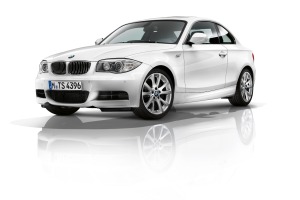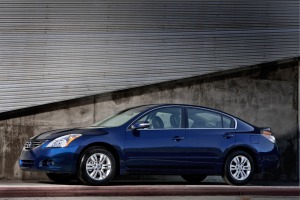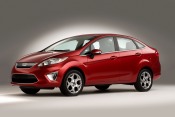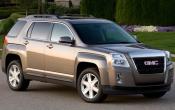- Save |
- Email |
- RSS |
- Newsletter
What You Should Know Before Buying a Wagon
Wagon Buying Guide | What You Should Know Before Buying a Wagon | View Other Buying Guides
Size/Segment
Wagons come in three sizes: compact, midsize and large. Market segments include economy, crossover, luxury and sport. Some models don't fit neatly into any one group.
Price
Compacts range from economy models that start in the low teens and top off in the low $20,000s, to luxury models that run from the mid-$20,000s to around $40,000. Midsize wagons start in the low-$20,000s and can reach the $60,000 vicinity (in rare cases, more than that). Large wagons are either luxury models or crossovers, but expect to pay between $25,000 and $35,000 for family-oriented models, and anywhere from $40,000 to $60,000 for luxury models.
Engines/Fuel Economy
This group includes four-, five-, six- and eight-cylinder engines, and turbocharged versions are common. Gas mileage is in the 20s for most wagons, but V8 wagons often dip below that.
Safety
Family shoppers should check the availability of features like antilock brakes, front-seat side airbags, full-length side curtain airbags and stability control. Features like rearview cameras, parking sensors and knee airbags are becoming increasingly available on non-luxury sedans, while premium brands are utilizing high-tech electronics to warn inattentive drivers of blind-spot intrusion and impending collisions. Shoppers should be aware of crash test scores as well, but it should be noted that the National Highway Traffic Safety Administration adopted more strenuous testing procedures for 2011, making the ratings of recently tested models incomparable to those tested in the past.
Luxury and Convenience Features
Luxuries like automatic climate control, heated seats, iPod interfaces, navigation systems, keyless start systems and Bluetooth capability can often be found in non-luxury wagons. For more family-oriented models, keep in mind different seating arrangements and special cargo-storage solutions.
Passenger Capacity/Interior Space
Most wagons can seat four adults in comfort; five are possible if children are involved. How much room those passengers have depends on the type of wagon. Traditional wagons are the same size as their sedan counterparts, while newer crossoverlike wagons have a greater amount of room Only Mercedes still offers an old-school rear-facing third-row seat, but front-facing third-row seats that fold into the floor are now available.
Do You Need All-Wheel Drive?
Though many wagons come standard with all-wheel drive, consumers should only pay extra for it if they regularly drive in snow or otherwise slippery conditions. Keep in mind that the additional weight of AWD mechanicals often results in lower fuel economy. However, some sport wagons (from Audi, for instance) come with all-wheel drive for the sake of handling and stability during high-speed maneuvers.
Cargo Capacity
Most wagons have almost as much cargo space as comparable SUVs (sometimes more). Shoppers should look for adjustable roof racks, flip-up rear glass, grocery hooks and nets, in-floor storage compartments, as well as cargo tie-downs and mats.
Wagon vs. SUV vs. Minivan
Wagons are typically cheaper to own than SUVs, while being more agile than both SUVs and minivans. Unless you need to go off-road, tow a trailer or seat more than five people, stick with a wagon.
Operating Costs
Wagons that cost less than $30,000 are a good bet for budget-minded consumers; they typically cost less to buy than SUVs (and some minivans), while offering comparable cargo space for a family of four or five and much better gas mileage. Maintenance and insurance costs are generally modest for non-luxury nameplates. Luxury and sport wagons may cost a bit more to maintain and insure.
More Information About Wagons
Advertisement
Advertisement




